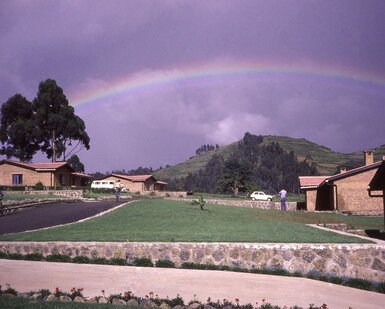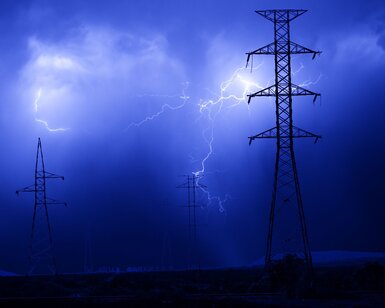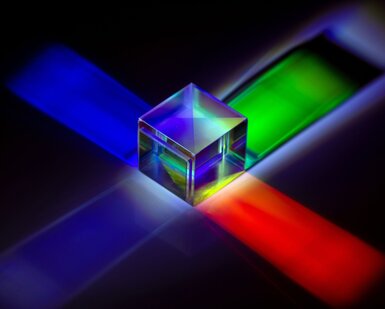Please type a search term (at least two characters)
News
EURAMET welcomes three new Technical Committee Chairs
EURAMET's scientific and technical collaboration is organised within twelve Technical Committees. Every two years the Chairs of the Technical Committees are elected by the General Assembly. In 2016 and 2017 the terms of Richard Barham (formerly NPL, UK), Ramiz Hamid (UME, Turkey) and Jarle Gran (JV, Norway) ended. EURAMET offers the warmest thanks for their great contribution and engagement. EURAMET is happy to announce that three new Technical Committee Chairs havebeen elected. EURAMET wishes them all the best and looks forward to working together with them.
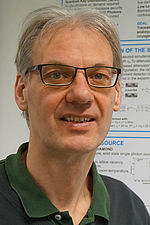
Stefan Kück - TC for Photometry and Radiometry
Stefan obtained the state doctorate inphysics at the University of Hamburg (Germany) on tunable solid state lasermaterials in 2001. He joined PTB, theGerman National Metrology Institute, in 2002 and started working in the 'Laser Radiometry' team.
In 2009 he became head of the 'Optical Technologies' department and in 2013 head of the department for 'Photometry and Applied Radiometry'. Today Stefan is head of the division of 'Optics' at PTB. In addition, to being chair of EURAMET's TC for Photometry and Radiometry he joined COOMET´s TC-PR and represents PTB in the Consultative Committee of Photometry and Radiometry.
"The TC developed well in the last years due to the excellent work of my predecessors. One of the major topics during my term will be the further development of coordinated research activities within the TC to meet the upcoming challenges in the field of photometry and radiometry. The projects within the European Metrology Research Programmes are one pillar, the other maybe joint research centres. The TC should also act as a platform for discussion and planning. Besides research and innovation, there are basic duties to fulfil. I would like to improve the CMC submission process and further enhance the collaboration between all members of the TC. Therefore, it is important to consider the needs of all TC members."
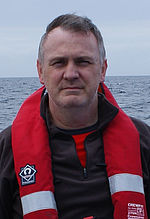
Stephen Robinson - TC for Acoustics, Ultrasound and Vibration
After joining NPL, the UK National Metrology Institute, from the University of Manchester, Stephen has gained over 30 years' experience in underwater acoustic metrology. He has led numerous collaborative projects, including several EU fundedprojects, and has led two CCAUV Key Comparisons. As member of the UK Institute of Physics and the Institute of Acoustics, Stephen is very active in the development of international standards for underwater acoustics, leading work in the according ISO and IEC technical committees.
In addition, he has been active within EURAMET, and has been convenor of the TC-AUV Subcommittee on Ultrasound and Underwater Acoustics for four years. He is also a member of the Strategic Planning Working Group of CCAUV.
"My key objectives as TC Chair include supporting emerging NMIs and DIs to establish strong capabilities in AUV measurement; establish a well-coordinated AUV metrology infrastructure and illustrate how AUV supports meeting the Grand Challenges in areas such as health and environment to ensure AUV plays an appropriate role in the metrology research programmes. I would like to promote the importance of AUV measurement and its potential for creating impact in a broad range of industrial and societal sectors. AUV technologies are often an important component in large multidisciplinary pieces of work. It is necessary to establish mechanisms for such projects to be properly conceived and formulated, and gain credit for their multidisciplinary nature."
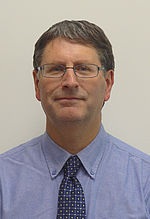
Peter Whibberley - TC for Time and Frequency
Peter joined NPL, the UK National Metrology Institute, from the University of Oxford in 1984, initially working on millimetre-wavelength spectroscopy. After six years Peter moved into time and frequency metrology, working with a small team that constructed and evaluated a prototype caesium fountain primary frequency standard. From 1999, the focus of Peter's research has moved from frequency to time, and today he is the lead scientist for the operation and development of the UTC (NPL) time scale, NPL's satellite based time and frequency transfer links to other national timing centres, and its time dissemination services.
One of Peter's major research interests has been methods for time transfer over optical fibre links.Thus, he has been closely involved in the development of a commercial service to provide traceable time over fibre to the UK finance sector and other users. Peter has also participated in several EMRP joint research projects. Since 2004, Peter has played an active role in representing NPL on international committees, including EURAMET's TC-TF.
"As the new Chair of TC-TF, I would like to continue to develop the cooperation between NMIs in this field, to make the best possible use of new opportunities such as the establishment of optical fibre time and frequency links across Europe and the development of miniature optical clocks for industrial uses."
Carbon dioxide, released from man-made activities, is lowering the pH of the Earth’s oceans, and impacting the health of marine organisms worldwide more
Supporting automated and reconfigurable manufacturing systems more
Working with external project Cool White to test and suggest improvements on the locally available white paints more
The project FutureEnergy has provided new calibration services for ultra-high voltages and a good practice guide on Lightning Impulse dividers more
For many of the 5000 photonics companies in Europe a precise knowledge of a material’s optical properties is vital for industrial competitiveness more



